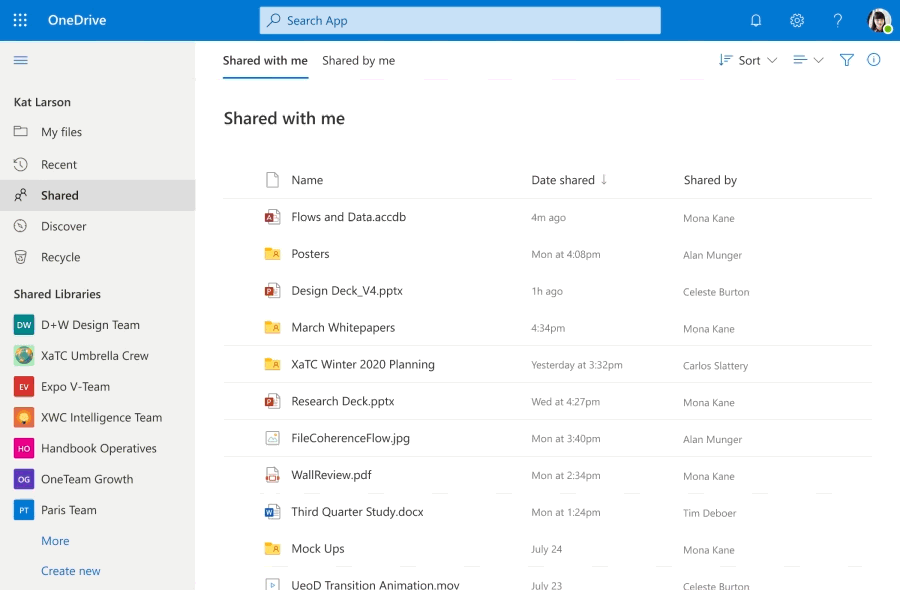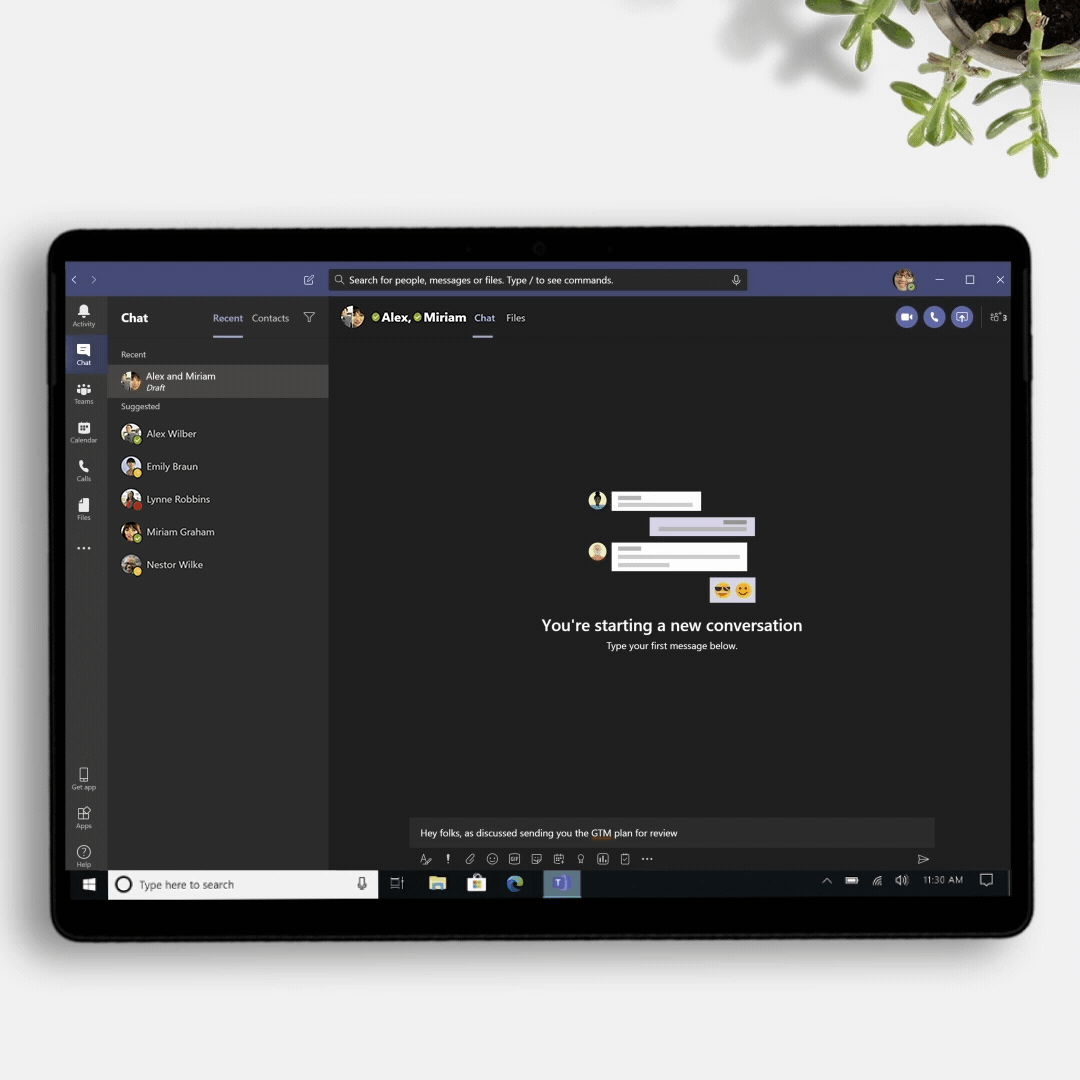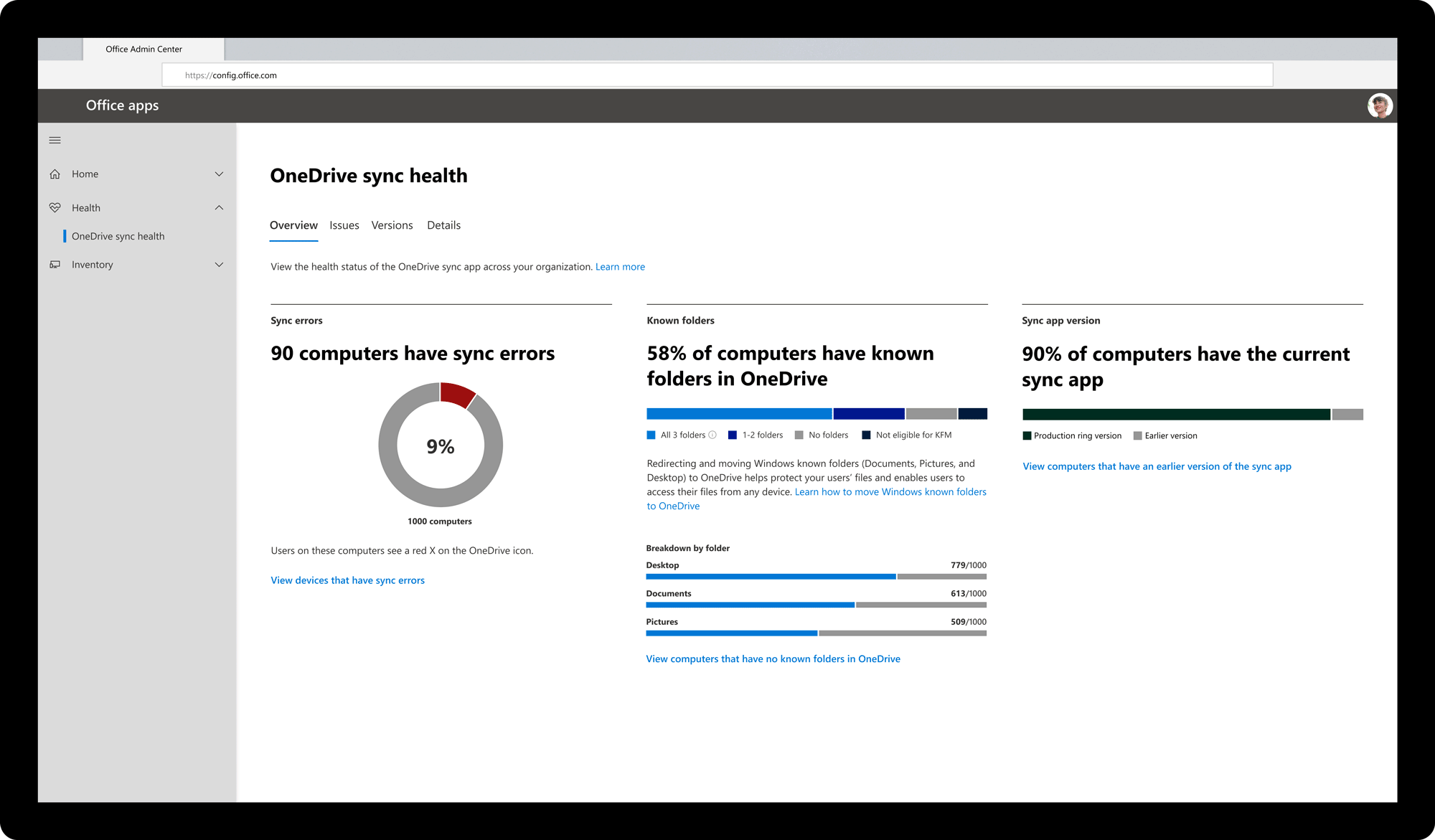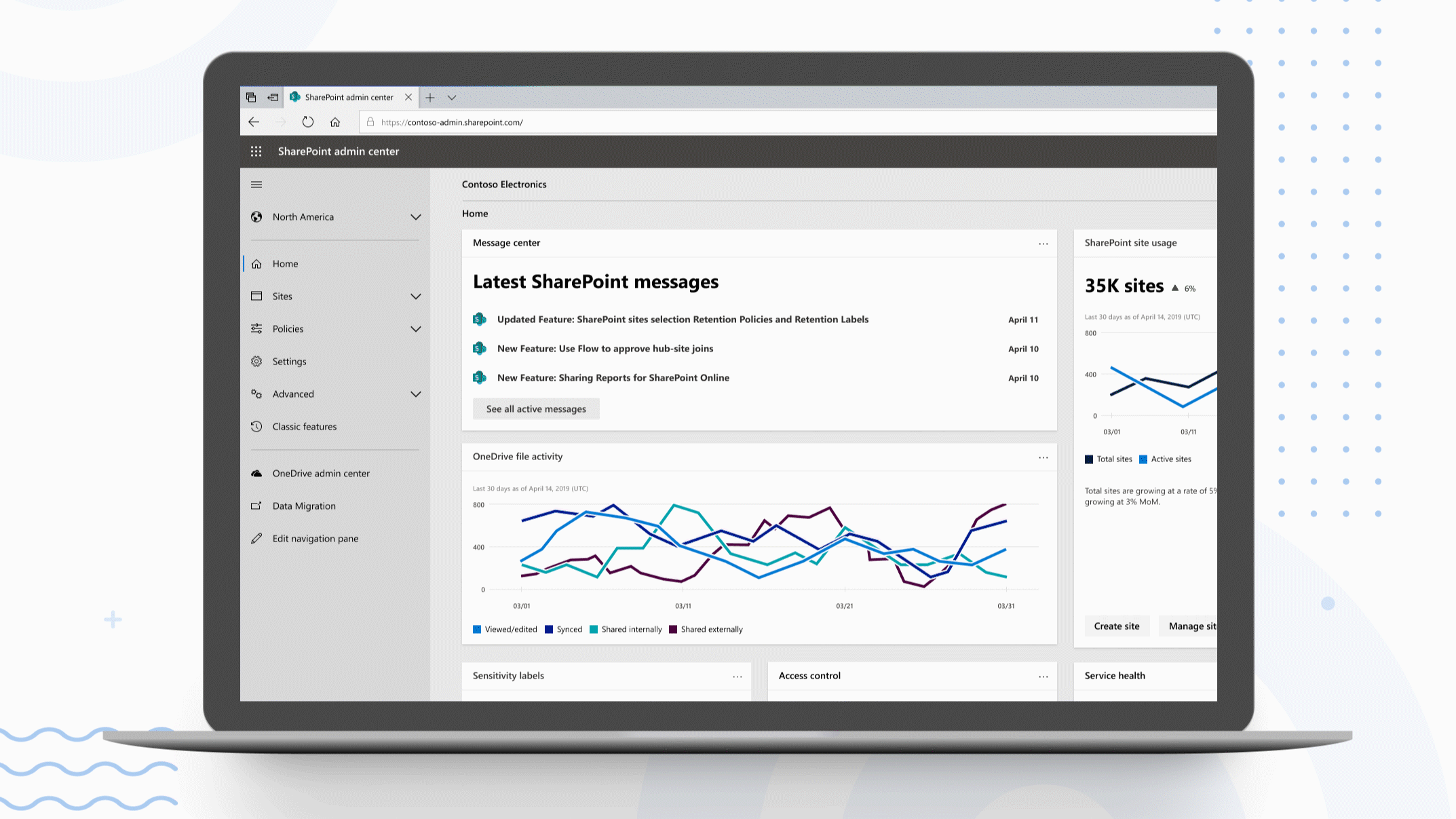If there are two words that define the way we’ve used technology this year, they might just be “remote everything.” Our jobs. Our meetings. Our kids’ schools. Our social gatherings. Everything has moved online, accelerating our digital transformation both professionally and personally. We not only need the right apps to stay productive while working remotely, but we also need the right apps to stay connected with family and friends.
Files are often the starting point for getting work done and staying connected. Memos, presentations, photos, videos—these are the conduit for more fruitful interactions. That’s why we’re excited to announce new OneDrive features across Office.com/Setup 365 that bring a more connected and flexible file experience to business users, more control to admins, and a more personal touch to everyone at home.
“Where can I find that file?” It’s a question we’ve all asked our colleagues, our teams, and, most often, ourselves countless times. But those five short words, which are the bane to anyone’s productivity, will soon be short-lived.
Later this month, for our business users, we’re rolling out in public preview a new feature called Add to OneDrive that makes it easy to add shared folders directly to your OneDrive.
Shared folders include content that others shared with you through their OneDrive or content that is a part of your shared library in Office.com/setup Teams or SharePoint.
With Add to OneDrive, not only can you bring all your shared content into one place, but you can also work with the shared content with the same power and flexibility as if they are files you own. This means that the added content can be synced, shared, and collaborated on—and that it retains all existing security and compliance policies. The public preview rollout will be enabled in your tenants by default with the option for admins to opt-out if they choose.

Add to OneDrive is just one of several features that makes your files experience more connected, flexible, secure, and personal. Read on to learn about others.
More connected
Teams sharing integration—Office.com/setup 365 should feel the same no matter which app you’re in. This is especially true for Teams, which has become central to our remote work lives. To extend this familiarity to files, soon we’re rolling out the same file sharing and access control experience in Teams that business users like yourself already know from other Office.com/Setup 365 apps, including OneDrive, Outlook, or Office. Soon, when you go to share a file from within Teams, you’ll have the option to create sharing links that provide access to anyone, people within your organization, people with existing access, or specific people, including those in a private or group chat.

Synced metadata support—Metadata adds structure and compliance with your files. Currently shared libraries with mandatory metadata synchronizes as read-only. We are excited to announce that in the next few weeks we are rolling out an update to the OneDrive sync app supporting read and write sync for shared libraries that contain required metadata. This will enable business users to edit content in their synced libraries while working from their desktops.
Move and keep sharing—Your files should move as your workflow does. As a document moves through its lifecycle—from creation to review to final—it needs to relocate to shared cloud libraries that reach a broader group of collaborators. But it needs to do so without affecting the original group’s access. Later this summer, business users can do exactly that in OneDrive by choosing to keep sharing with collaborators when they move their files. This means all business users who had original access to a file will be re-added to it if that file changes shared library locations. Those users will now receive a new link maintaining the same permissions they had before and receive a notification about the move.
More flexible
100 GB file updates—As of today, we are proud to announce that we have increased the upload file size limit from 15 GB to 100 GB in OneDrive and SharePoint for everyone! This is especially helpful for business users that work in predominately large file types, like 3D, CAD, and media files. Previously released differential sync will help expedite the upload process for large files by only syncing the parts that changed instead of the entire file.
Comment notifications—Notifications can keep you on track—but they can also be distracting. To help you stay productive when you need to focus, later this year, we’re adding the option to turn off comment notifications for individual files. Doing so will only affect that file, not the entire files library.
Address bar sharing—If you access or work on a file in a browser, you’ll soon be able to share links copied from your browser address bar with your internal colleagues (if admin-enabled). These URLs will respect all sharing policies, empowering natural and easy collaboration within your organization.
More control
Sync admin reports—Strong reporting leads to strong auditing and monitoring. As an admin, you can better assist your users if you know what’s happening in their environments. Sync admin reports allow you to do just that by providing visibility and insights on the adoption and health of the OneDrive sync app across your organization. Use this new dashboard to check sync app versions, sync status, and top sync errors on individual devices. You can even monitor the deployment progress of Known Folder Move, which we recommend implementing to help redirect your users’ known folders (Desktop, Documents, and Pictures) on Windows to OneDrive. Help-desk resources can also leverage these reports to support users with their sync.
Sync admin reports will be available later this year, but we are excited to share a sneak peek with you today!

Enhanced file protection and governance—We recently announced the general availability of several features that strengthen file protection and governance in OneDrive and SharePoint. These include Office.com/setup Information Protection sensitivity labels with protection, automatic classification with sensitively labels, sensitivity labels for SharePoint sites, and information barriers. Additionally, admins will soon be able to implement automatic expiration of external access, multi-factor authentication policies, like prompting one-time passcodes (OTP), as well as extending continuous access evaluations to OneDrive and SharePoint.
Streamlined admin experience—We’ve been expanding the OneDrive toolkit to streamline the admin experience, including new options for easily migrating content to OneDrive. There are also several enhancements on the horizon. Later this year, all OneDrive admin capabilities, including controls for sharing, access, sync, and storage, will be available in the SharePoint admin center, consolidating admin tools in one place. This will unlock several enhancements in reporting, WCAG 2.1 accessibility support, Global Reader support, error messaging, and performance.
This summer, we’re also releasing a new option to set mandatory expiration dates for external collaborators that can be extended or revoked based on user discretion.





No comments:
Post a Comment